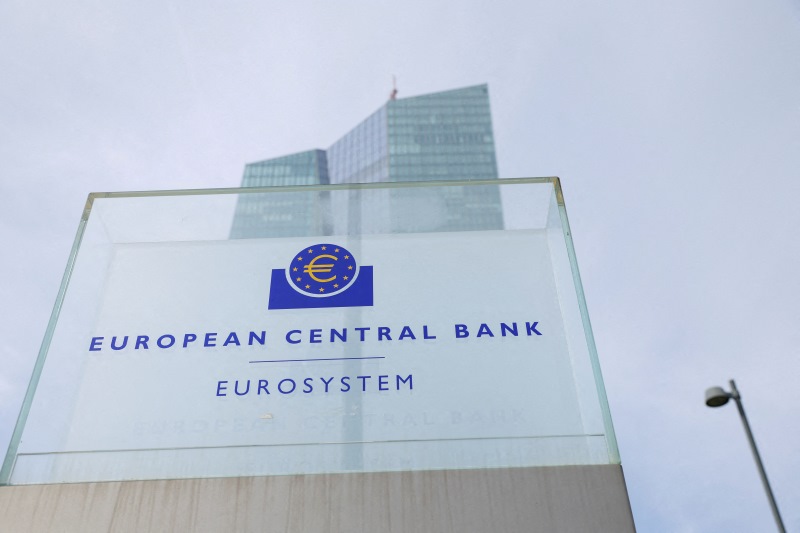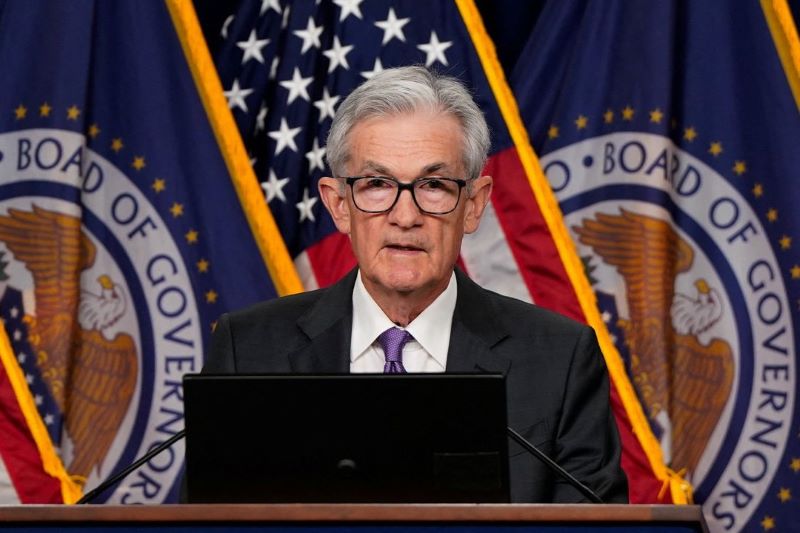Economy
Lower Interest Rates Unlikely Before December, Says Fed
If you’re hoping for lower interest rates, start thinking about the holiday season. The threshold for reducing the federal-funds rate from its current 5.25%-5.50% target remains elevated, as Federal Reserve Chair Jerome Powell clarified today during a press conference following the June 11-12 Federal Open Market Committee (FOMC) meeting. Any changes before the Fed’s December meeting seem improbable.
Economic Conditions and Inflation Challenges
It will take a notable slowdown in inflation in the coming months, or a sudden surge in the unemployment rate, to prompt the Fed to act. Neither appears likely this summer. “The Fed is searching for unicorns,” says Tim Horan, chief investment officer for fixed income at Chilton Trust. “They’re data-dependent, but they also seek a level of confidence that will be hard to achieve in the short term.”
For those seeking a definitive answer after Wednesday’s consumer price index report, Fed officials’ latest “dot plot” forecasts for interest rates and economic trends, and Powell’s press conference, confidence was scarce—and may remain so through late 2024. May inflation figures were a positive step, but challenging comparisons lie ahead. Meanwhile, robust job-market conditions will prevent Fed officials from feeling pressured to lower interest rates to support the economy.
The economic outlook post-inflation report is uncertain, with cautious optimism amid looming challenges and steady job market resilience, Barron’s Print Edition said.
Fed’s Wait-and-See Approach
Policymakers held interest rates steady on Wednesday and indicated no strong conviction on future actions, maintaining a wait-and-see approach with a high threshold to justify cutting rates. The most notable takeaway from the June FOMC meeting was the median estimate in officials’ quarterly Summary of Economic Projections, which now suggests just one quarter-percentage-point interest-rate reduction in 2024, down from three cuts projected in March. Eight officials anticipated two cuts, seven predicted one cut, and four foresaw no change in the fed-funds rate this year.
This isn’t a definitive plan, but it’s a less dovish stance than policymakers have previously held. Powell emphasized that the current monetary policy stance is restrictive. He stated that this policy is helping to reduce inflation, while economic growth and the labor market remain strong. He also noted that risks to employment and price stability are now more balanced.

European Central Bank Cuts Interest Rate Post-Pandemic
The European Central Bank (ECB) took bold action on Thursday, slashing interest rates in a move anticipated for months…
Prospects for Future Rate Changes
“If the economy remains solid and inflation persists, we’re prepared to maintain the target range for the federal-funds rate. We’ll keep this stance as long as necessary,” Powell said on Wednesday. “If the labor market weakens unexpectedly or inflation declines more rapidly than expected, we’re ready to respond.”
May consumer price index data released on Wednesday morning was a positive sign, showing lower-than-expected inflation in persistent services categories. However, shelter prices remain uncomfortably high—up 0.4% for four consecutive months, and 5.4% from a year earlier—and are slow to adjust. Additionally, comparing against mid-to-late 2023’s low monthly inflation readings could increase the year-over-year rate in the latter half of 2024.
Outlook for Upcoming Fed Meetings
It would likely take June, July, and August inflation data aligning to make the September meeting a “live” meeting. The data will be reported before the FOMC’s September meeting for officials to feel confident that inflation is slowing. Given recent experience, if even one month complicates the picture, officials will likely favor holding rates steady. They might choose to wait longer before making any decisions.
On the employment front, last Friday’s jobs data continued to show a cooling labor market in May, but one that is normalizing from overheated levels—hardly in need of rescue by lower interest rates. It will require something dramatic and unexpected for the unemployment rate to rise to concerning levels this summer. Fed officials’ median projection for the end of 2024 places the unemployment rate at 4%, the same as its May level.
In summary, data from neither component of the Fed’s mandate is likely to justify a rate cut before fall. Beyond that, the November meeting will be challenging for rate changes. That month’s FOMC meeting starts the day after Election Day, with the committee’s decision due on Thursday, Nov. 7. A close and contentious presidential election might cause market volatility, complicating a rate move immediately thereafter.
“It’s all eyes on December now,” Horan says. “We’ll definitely gain insights then—[officials] will have more data to analyze and they’ll provide another dot plot at that meeting which will set expectations for 2025.”
Until then, monthly data will continue to be a source of market volatility, as it was on Wednesday morning following the CPI report. And Fed meetings are about to get a lot more interesting.
Subscribe now to Bloomberg News and The Wall Street Journal for a transformative 3-year subscription at an exceptional 77% discount. Unite these influential sources for a wealth of invaluable financial insights and embark on a journey of enlightenment today!

